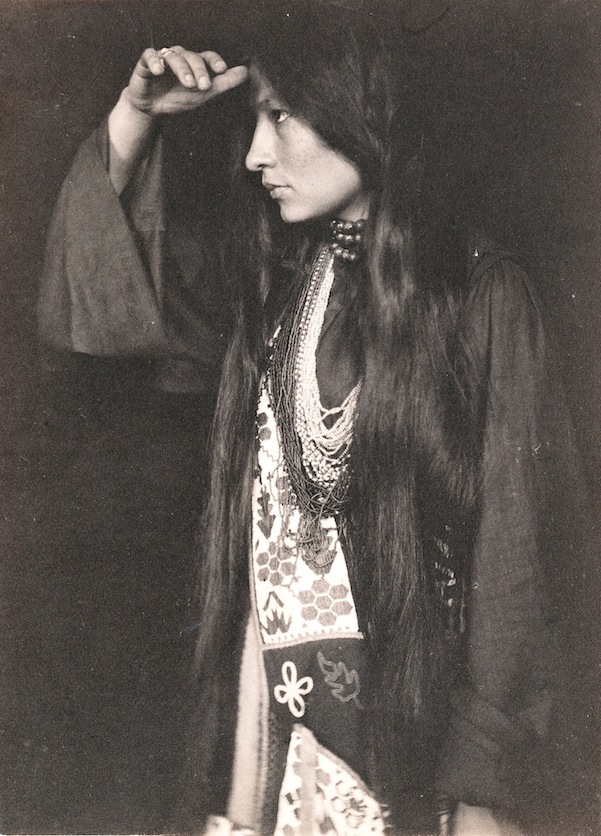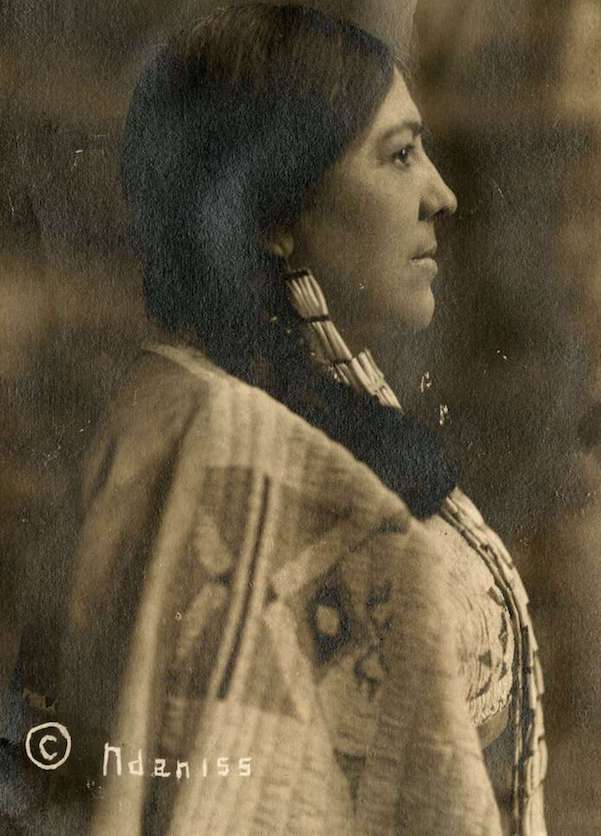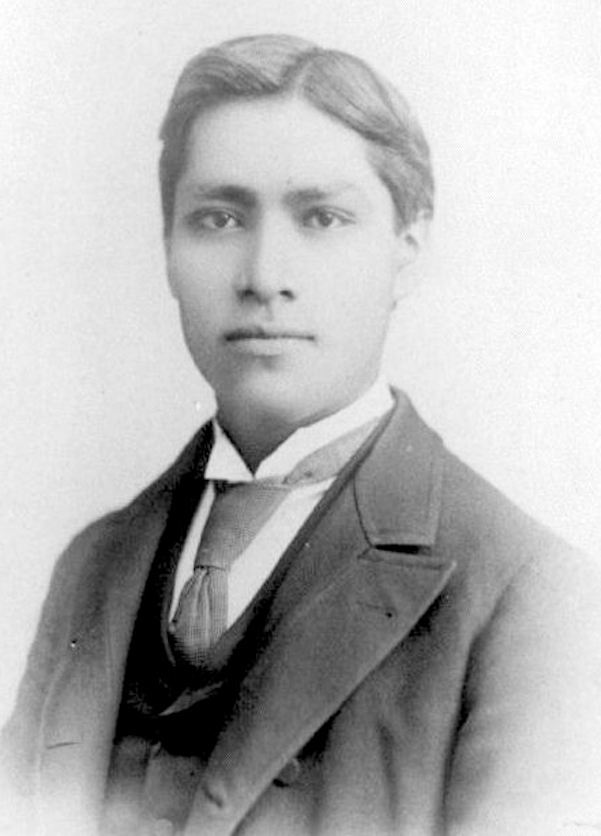Indian Citizenship Act
![]()
1887
Congress enacts the Dawes Act. The whole purpose was to dismantle the American Indian Tribes and annihilate their traditions so that they would become assimilated into white American society.
![]()
U.S. government uses the Dawes Act to claim and redistribute tribal lands in small parcels. Tribal members are granted US citizienship in trade for accepting the allotment of land offered. The Dawes Act also provides funds to missionaries for ‘reeducation.’ American Indian children are sent to schools that would Christianize them and teach them Euro-American culture.
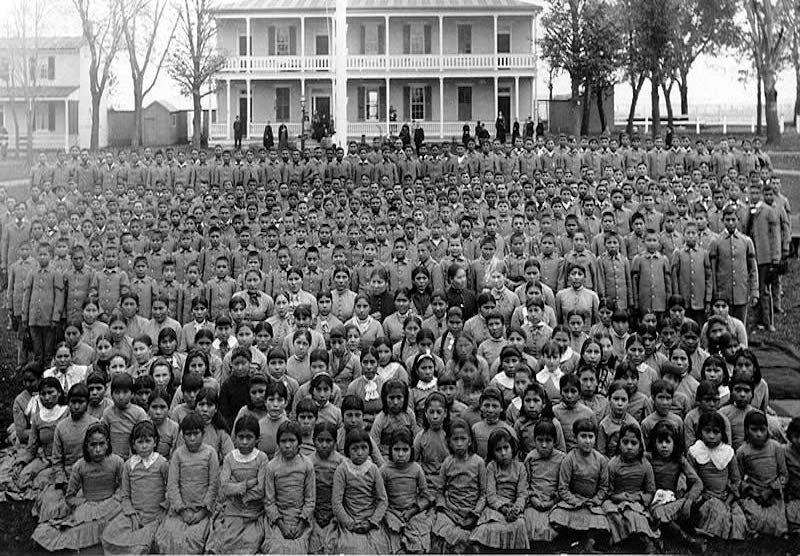
American Indian children pose in front of Carlise Industrial Indian School, 1901.
Image courtesy of Wikimedia Commons

Class of American Indian students at Carlisle Industrial Indian School in 1901.
Image courtesy of United States Library of Congress's Prints and Photographs division
Fifth grade student essay answering the prompt "what makes a good citizen" from the Leech Lake Indian Boarding School. The essay was written between 1917-1920.
Image courtesy of Records of the Bureau of Indian Affairs, Record Group 75.
It takes money to do all these things and the citizens who own property have to pay taxes.
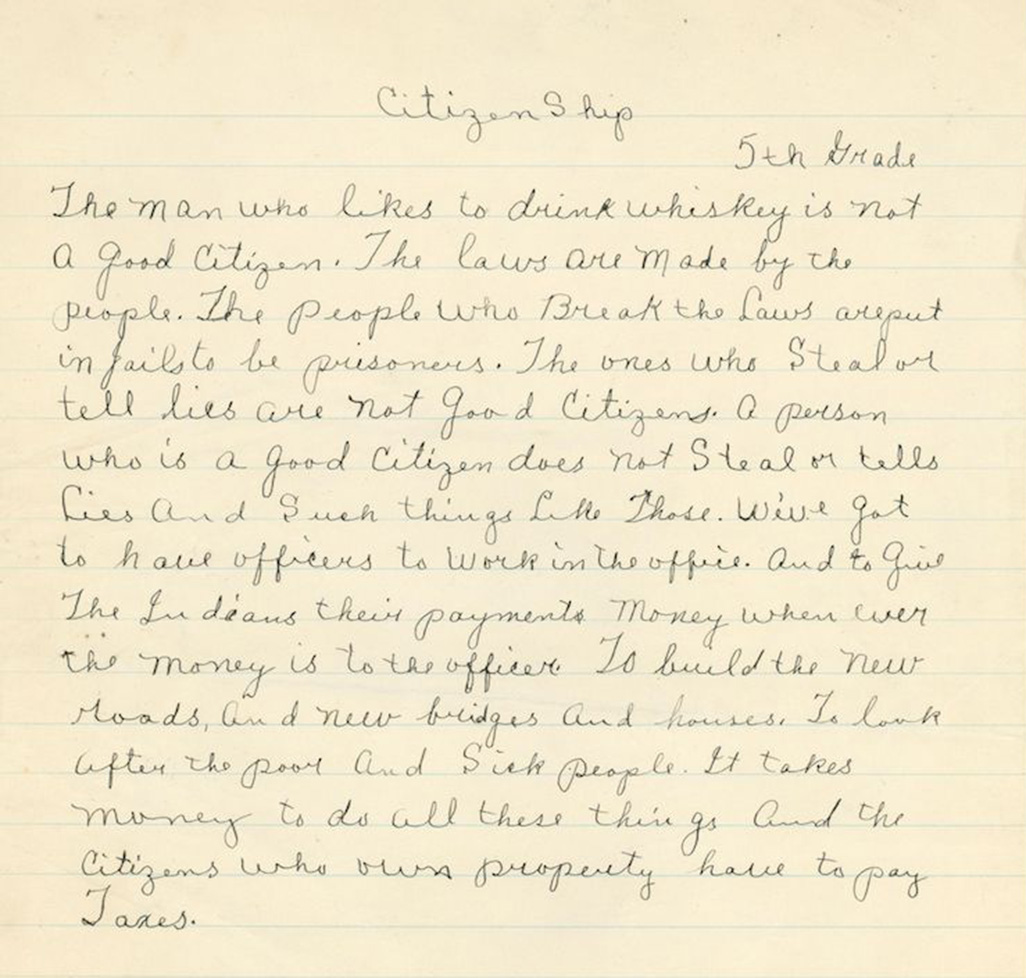
![]()
1924
Native Americans are granted citizenship and the right to vote through the Indian Citizenship Act, regardless of tribal affiliation.
![]()
After the first generation of American Indian children passed through the re-education system, the American Indian Citizenship Act of 1924 is passed. Tribal members who had not yet become citizens became naturalized citizens of the United States. While they were able to become citizens, this did not guarantee their right to vote in the elections. Some arguments that are used against Native American suffrage include they could not vote because they did not pay real estate taxes and if they still held tribal affiliation, then they are not full citizens.
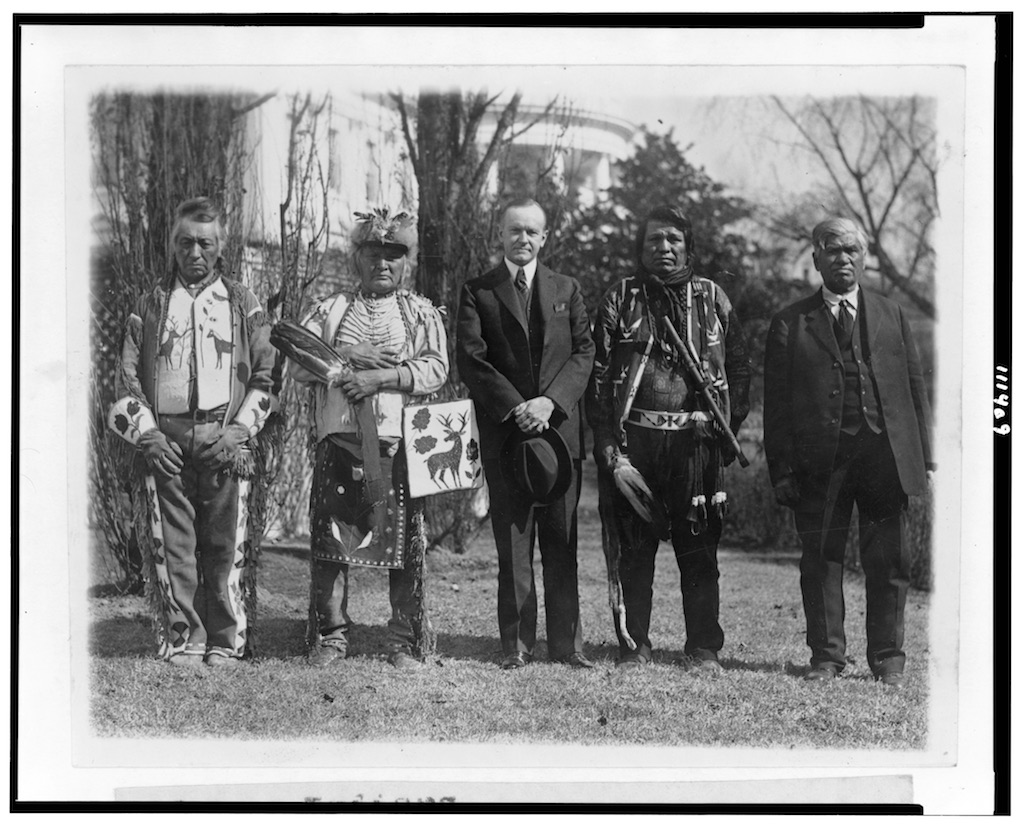
Image of President Calvin Coolidge posed with Natives, possibly from the Plateau area in the Northwestern United States, near the south lawn of the White House, 1925.
Image courtesy of National Photo Company Collection - Library of Congress
Meet Those Who Fought for American Indian Citizenship Rights
![]()
1924
President Johnson signs the Voting Rights Act of 1965, protecting American citizens right to vote, including Native Americans.
![]()
![]()
2019
Native Americans continue to face challenges at the voting booth. Native American Voting Rights Act of 2019 is waiting to pass the House of Representatives.
![]()
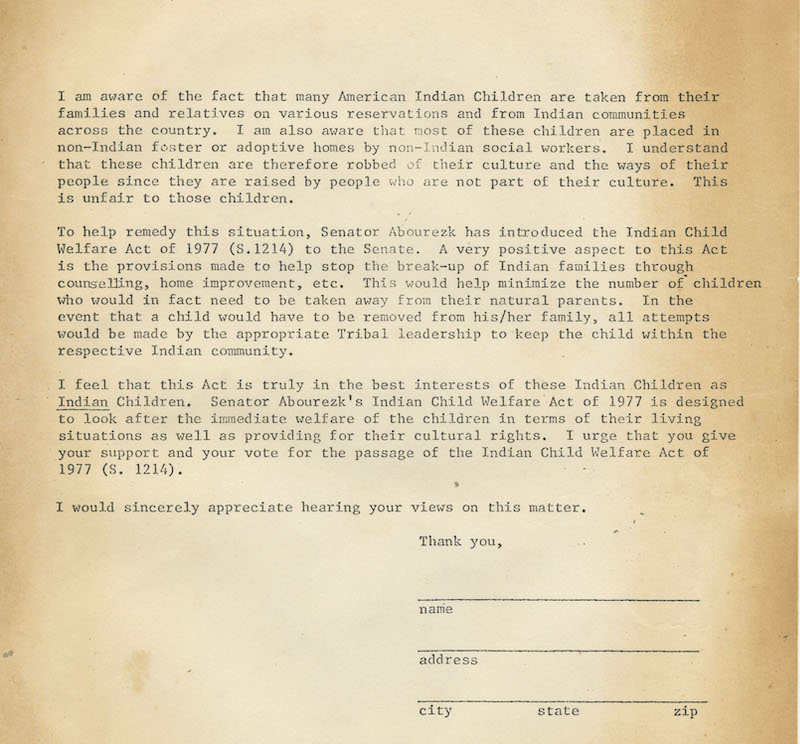
(Above right) A letter for citizens to fill out and write to their state senator's about their concerns over the re-education of American Indian Children. Written in 1977, the Indian Child Welfare Act, which was passed by Congress in 1978, sought to place Indian children in homes of their own cultures, as well as reunite them with their families.
Florida Gulf Coast University Bradshaw Library's Archives and Special Collections Permanent Collection.
Next: Explore the Magnuson Act
SUPPORT THE ARCHIVE'S WORK
When making a contribution please be sure to select “library archives“ for your gift
designation. We thank you so much for your support!


